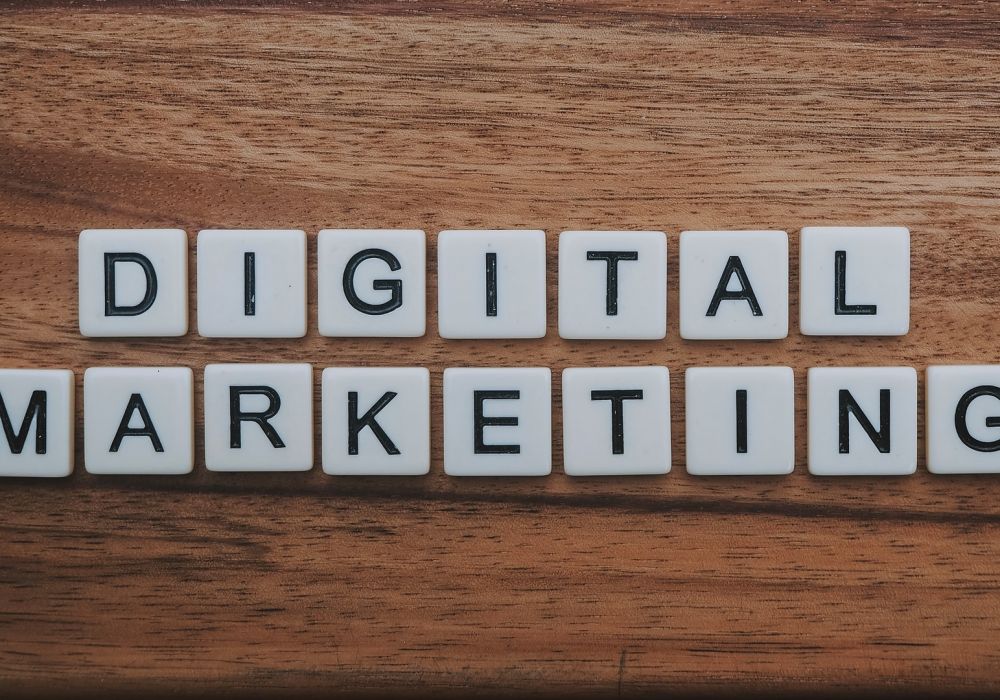The 7 Basic Elements for Branding a New Business

You’ve started a new brand and need to get your products and services into the marketplace. You need to develop a brand identity that resonates with your audience and is easy to capture their attention. The goal of every brand is engagement, which leads to brand awareness. The more people are aware of your brand, the likelihood of interest follows. Depending on their perception of your brand, this could lead to purchases of your products and services. Keep their attention and that turns into brand loyalty.
While you often hear the word brand, many people still don’t understand what that really means. All they know is the logo, but it’s a lot more than that. To be effective, knowing the elements of brand identity design can help position you to stand out in your field.
While there are foundational elements of a brand, these 7 basic elements are all about the visual and creative aspects of your brand. Your brand identity is the face, and the elements are the components or makeup of that identity. Here are the 7 key design elements you must know:
- Brand purpose and position
You can’t have a viable brand without knowing your purpose. Your purpose is why you have a brand in the first place. The brand positioning is determining who the product is for and why it’s better than your competition. Together, they help inform the strategy that directs all the other creative assets.
Brand purpose is the why of it all and can’t be ignored. If you don’t know why you’re in business, then why are you in business? How are you going to make your mark and change the world in your own way? Knowing this helps shape the direction of your brand. - Research
You must conduct market research to determine if you’re in the right position. Through market research, you’ll find out who your customers are, and what they want and need. This data helps you create customer personas to define and address their problems and make sure your personality is aligned with these people.
The market research also helps create a distinctive brand that stands out in the market. When you have information on the market and your competitors, you can infuse new ideas, techniques, and strategies into your brand. This travels throughout your products and services because you know why your audience and customers think the way they think and why they purchase certain items over others. - Brand personality
Brand personality is a very important part of the branding process. It shines through every part of your identity. It impacts your brand’s voice and tone and is a significant part of your communications and marketing materials. When you don’t have a defined personality, you can’t embrace your voice. Without a voice, your customers get confused and can’t connect with what you have to say. - Your logo design
Your logo de is very important and It’s a crucial part of your brand identity. Simply put, the definition of logo is an image, shape or text that portrays the name and purpose of your business. While people always think of a logo when talking about building a brand, the logo should be a direct extension of your brand personality and name, which should come from the personality and voice. The brand personality, voice, and name should always be first, then logo development that captures it all, matches, and enhances what you’ve created.
It’s important to note that the logo is very important because it’s what people see from the very beginning of your introduction. It’s the one thing people see the most, and one of the things they care about. It should encourage an emotional response and seamlessly flow into the other brand identity elements. How can you create a memorable logo? Make it simple.- Color
Your brand colors matter and they should also be reflected in your logo design. You should have 1 to 3 primary colors (but some companies have more) and understand how that color resonates with your audience. The colors used to convey your brand speak directly to your audience. Using a bit of color psychology makes sense, just to make sure your brand personality has the right colors to address your audience.
There’s a reason blue is used by hospitals and insurance companies. Blue conveys trust. Although there are many hues of blue, the outcome is the same. Authoritative and trustworthy. Using secondary colors to offset the primary colors in your color palette adds variety and consistency. - Typography
If you’ve never heard this word, get used to it. Typography deals with the fonts and styles you use for your logo and other messaging. Again, everything should seamlessly blend into each other to create a cohesive and consistent look and feel. The fonts you use convey a message without saying a word.
Here are a few pointers – keep it simple. Don’t use fancy fonts just because you think they look good. They could overpower everything else and confuse your audience. Default fonts can be used because they are easy to read, and you’ll always be able to find them. Stay away from multiple font families. Two is a good number.
It’s always a good idea to mix contrasting fonts for depth and appeal. Make sure you’re using the right font size and stick to it. Make sure your fonts are legible and easy to read. Always align your text from the left. Avoid using all caps for emphasis. It may seem as if you’re yelling. If you’re working with a designer, these rules may be broken because they have the experience and expertise to help you create strong brand guidelines. - Other assets
Creating a strong brand identity requires additional graphics, assets, and photos to round out your brand guidelines. This helps in creating a strong brand identity that stands the test of time. Everything must be consistent – from the way you use your logo and brand colors, to how you have your signature on your corporate emails.
Your social media will also be a direct reflection of your brand identity. That means you must create a style guide that outlines how your typography must be used. The font size, font type, whether it can be paired with something else, the types of images that can be used to describe your brand, whether your logo has typography or an image, and can that image or icon be used alone.
While this may seem a little intense, having these elements in place to maintain your brand’s identity will be well worth it as you grow. Once you have your creative brand guidelines in place, anyone designing creatives for your brand will be able to get it done in no time.










